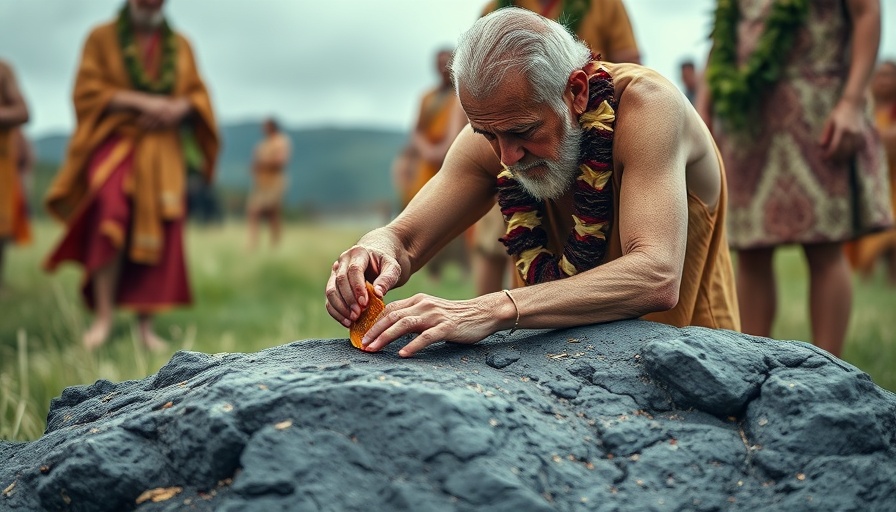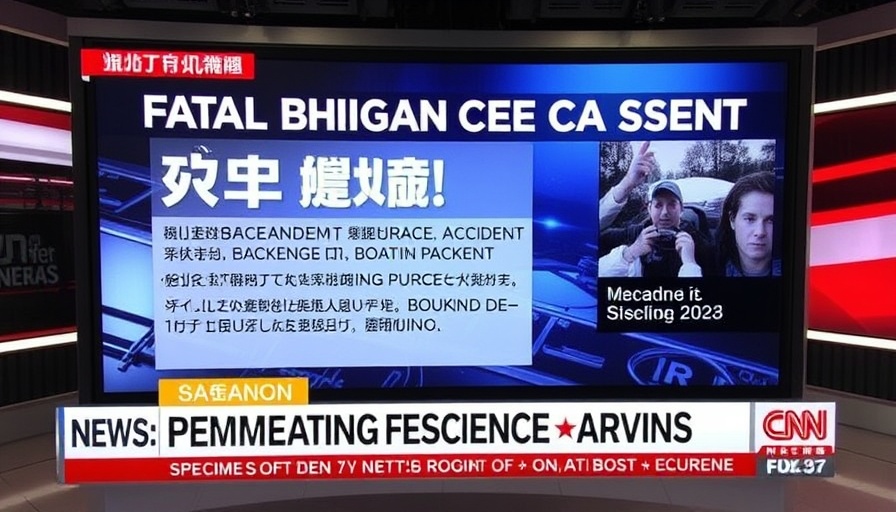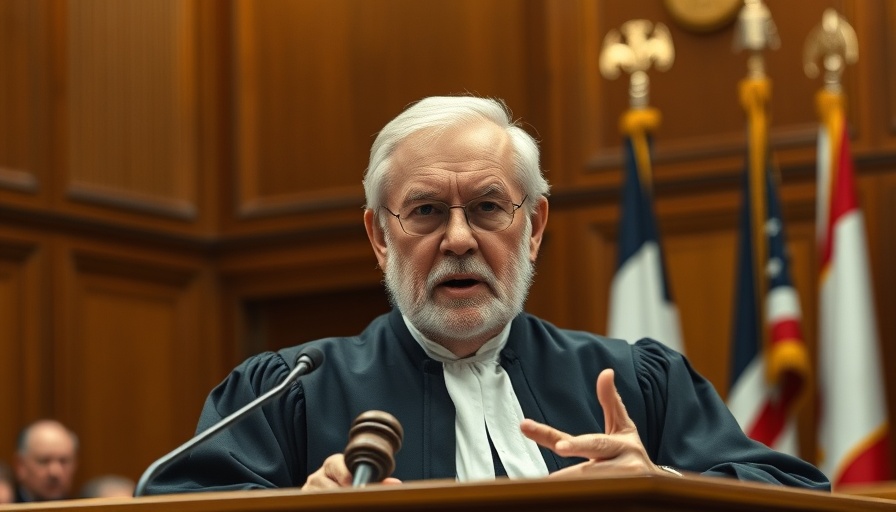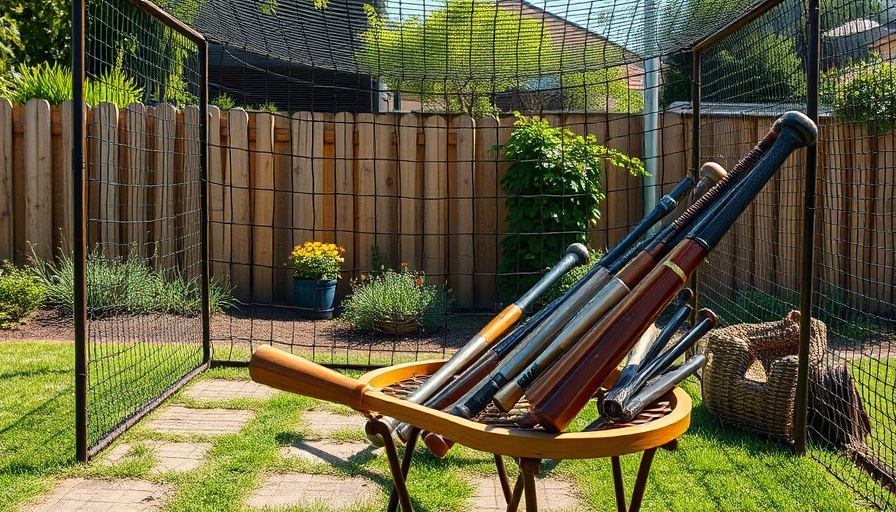
The Cultural Significance of Reclaimed Artifacts
This month marks a historic moment for the people of the Mariana Islands as the Bishop Museum in Hawaii returns over 10,000 culturally significant artifacts to their rightful home. These items, many of which have been part of the museum's collection for nearly a century, include stones that hold deep meaning for the people of Guam. The return of these artifacts is not simply about the physical return of items; it embodies a powerful narrative of cultural reclamation and respect for ancient heritage.
In 'Bishop Museum returns cultural stones to Mariana Islands,' the discussion dives into the meaningful return of artifacts, exploring key insights that sparked deeper analysis on our end.
A Symbolic Gesture of Reconciliation
The partnership between the Bishop Museum and the government of the Mariana Islands symbolizes more than a mere exchange. It signifies a culmination of years of inter-institutional collaboration aimed at rectifying historical injustices. As noted during the return ceremony, the struggle for reclamation has persisted since the 1930s, with advocates for the Mariana Islands pushing for a recognition of their ancestry and history. The culmination of these efforts offers not just a return but a reclamation of dignity for the people, acknowledging the deep-rooted cultural and spiritual connection these artifacts hold.
What Does This Mean for the Community?
This moment of cultural recovery resonates deeply within the community of Pearl City and beyond. For residents, it symbolizes a renewed connection to their roots, fostering unity and collective identity. As these artifacts return home, they serve as a reminder of the shared history, resilience, and strength of the people of Guam. The items, once removed from their native land, now stand as symbols of hope and pride, reinforcing the importance of cultural identity in today's fast-paced world.
Traditional Ceremonies and Community Engagement
The return ceremony featured traditional offerings made from natural materials, along with blessings and presentations that reflected the rich cultural heritage of the Mariana Islands. These events are not just ceremonial; they are crucial for community engagement and expression. By participating in such cultural practices, residents of Pearl City and the surrounding areas can foster connections within their community, leading to a greater appreciation and understanding of their cultural identity.
Looking Ahead: Cultural Recognition and Future Collaborations
As the artifacts make their way back to Guam, there lies a tremendous opportunity for future collaborations between local governments and institutions dedicated to preserving cultural heritage. These partnerships can facilitate educational programs that promote awareness of cultural significance, encouraging younger generations to engage with their ancestry. This approach not only enriches the community's understanding but also fosters a sense of responsibility toward preserving their cultural narrative.
Join Us in Celebration
The return of the artifacts is not just an end; it marks the beginning of a revitalizing journey towards cultural pride and recognition. Local residents are encouraged to honor this moment by learning more about their cultural heritage and participating in community events that celebrate local history. It’s a fantastic opportunity to connect with one another and strengthen the bonds within our diverse community.
The Bishop Museum's initiative to return cultural stones to the Mariana Islands stands as a historic tribute to the enduring spirit and identity of the indigenous people. Let us cherish this moment together, celebrating our community's resilience and the powerful stories that define us.
 Add Row
Add Row  Add
Add 




Write A Comment